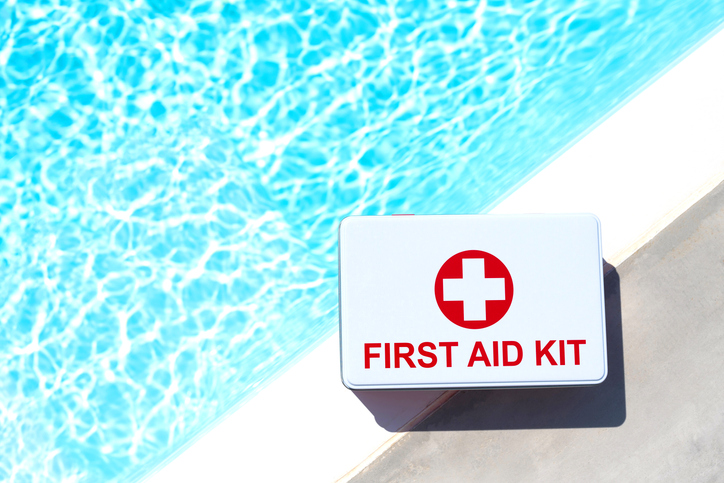Pool Safety Tips You Should Know: CPR and More

Put cardiovascular health at the forefront of pool safety by learning CPR, a life-saving emergency response that can help in drowning incidents.
Knowing CPR is an integral part of water safety. It can help when a person stops breathing or if their heart stops beating. According to the CDC, if performed in the first few minutes of cardiac arrest, CPR can actually double or triple a person’s chance of survival. Parents and caregivers should seek to get CPR certified and update their certifications regularly. Bystanders are often the first to aid drowning victims, so knowing CPR as an adult could be the difference between life and death.
In addition to knowing CPR, there are certain safety measures that should be taken to help everyone stay protected in and around water.
Supervise Children
Caregivers should never leave a child unattended near a swimming pool, hot tub, or any other body of water. Keeping a watchful eye on young swimmers can make it easier to intervene before any harm occurs. Even with lifeguards present, it is a best practice for caregivers to offer undivided attention to the safety of their children when they are in the water.
Teach Your Children Safe Water Practices
Being safe in the water is so much more than knowing how to swim. There are other safe practices to teach children as well, such as swimming with a buddy and being aware of their surroundings. Water depths vary per pool (and even per section of pools!) so swimmers should always observe signage and follow the instructions of lifeguards. When in doubt, it is always best to enter pools with your feet first instead of diving right in to limit the risk of bodily harm.
Know How to Respond in an Emergency
Having an emergency plan can make handling a tricky situation easier. Come to the water prepared with lifejackets and first-aid kids; take note of lifeguard stands and stations; and keep emergency medical service phone numbers stored in your phone.
Use Pool Fences and Covers
Installing pool fences and covers on your backyard pool is a great way to help prevent children and others from gaining access to pool areas. If your little ones will be visiting friends and family members who have a backyard pool, be sure to ask about safety measures as well as barriers of entry to minimize the risk.
Enroll Your Kids in Swimming Lesson
Learning how to swim is one of the best water safety measures. So, if your children are not already in swimming lessons, consider signing them up! Swimming lessons teach children life-saving water skills at as young as a few months old. Even if you think your children know how to swim on a basic level, swimming lessons are a great way to keep their knowledge fresh, help them stay physically active, and build their confidence.
While having fun in a pool, it’s important to remember what matters most – keeping your loved ones safe. Be vigilant and cautious. And, of course, have fun!


